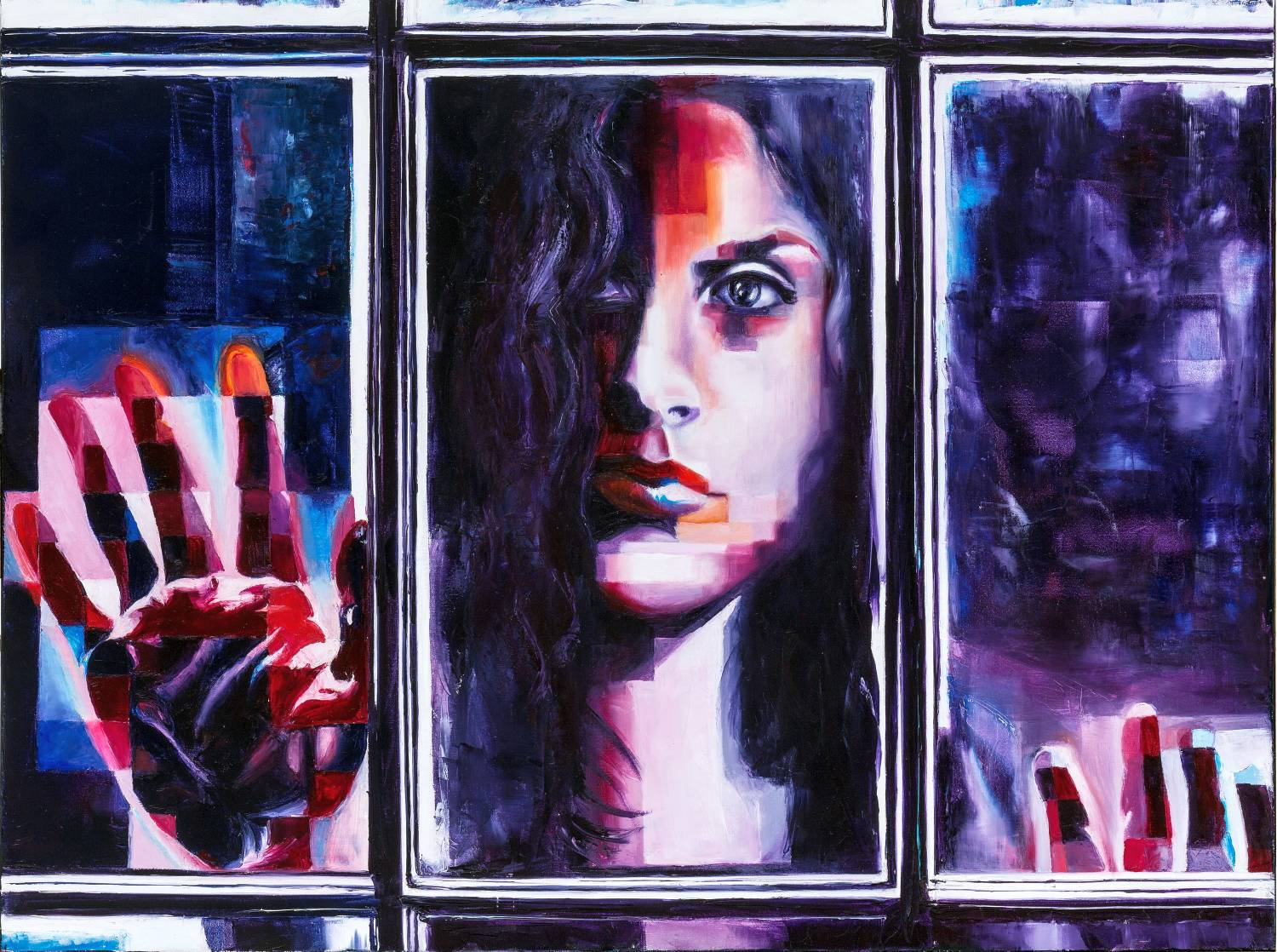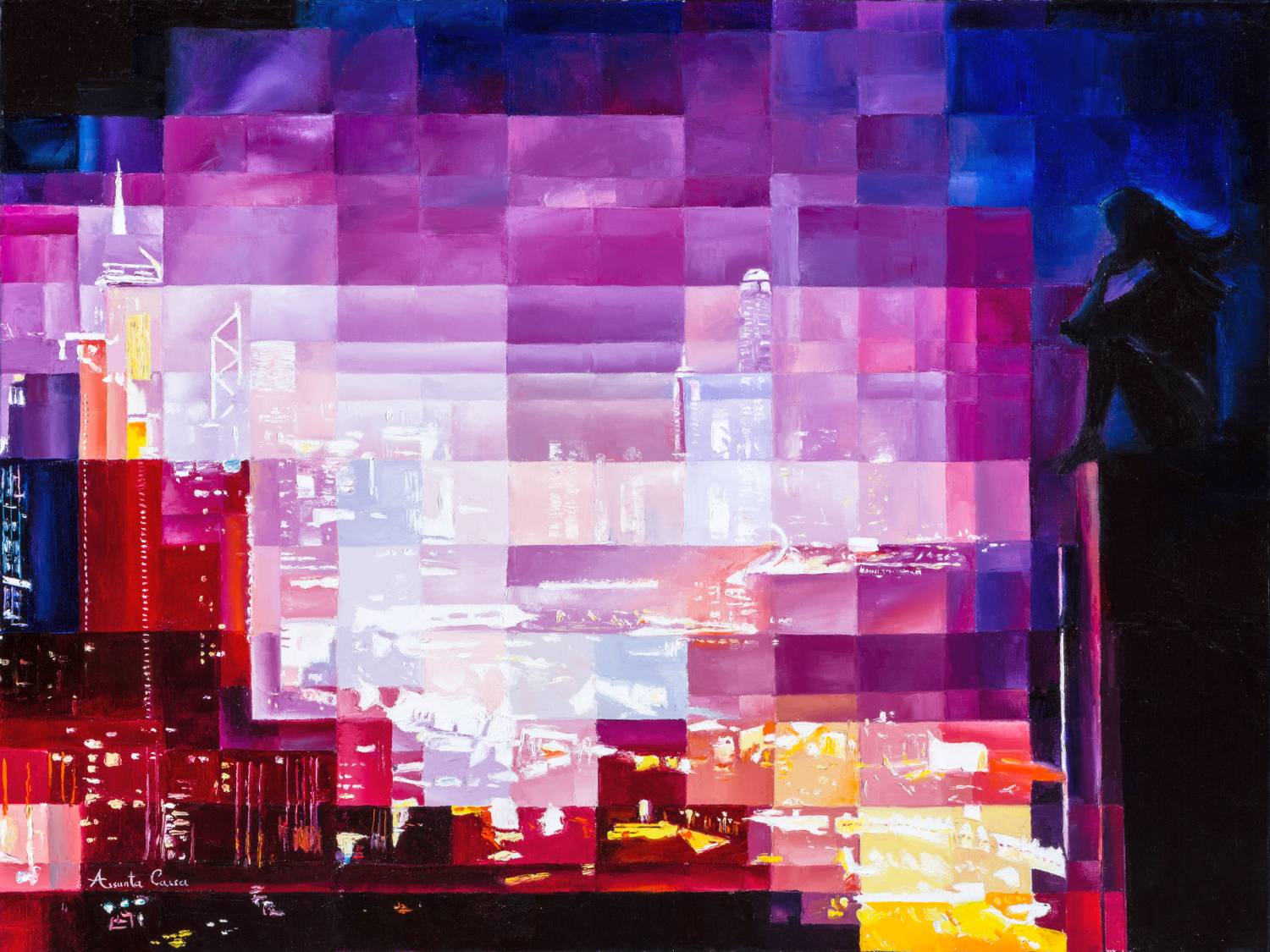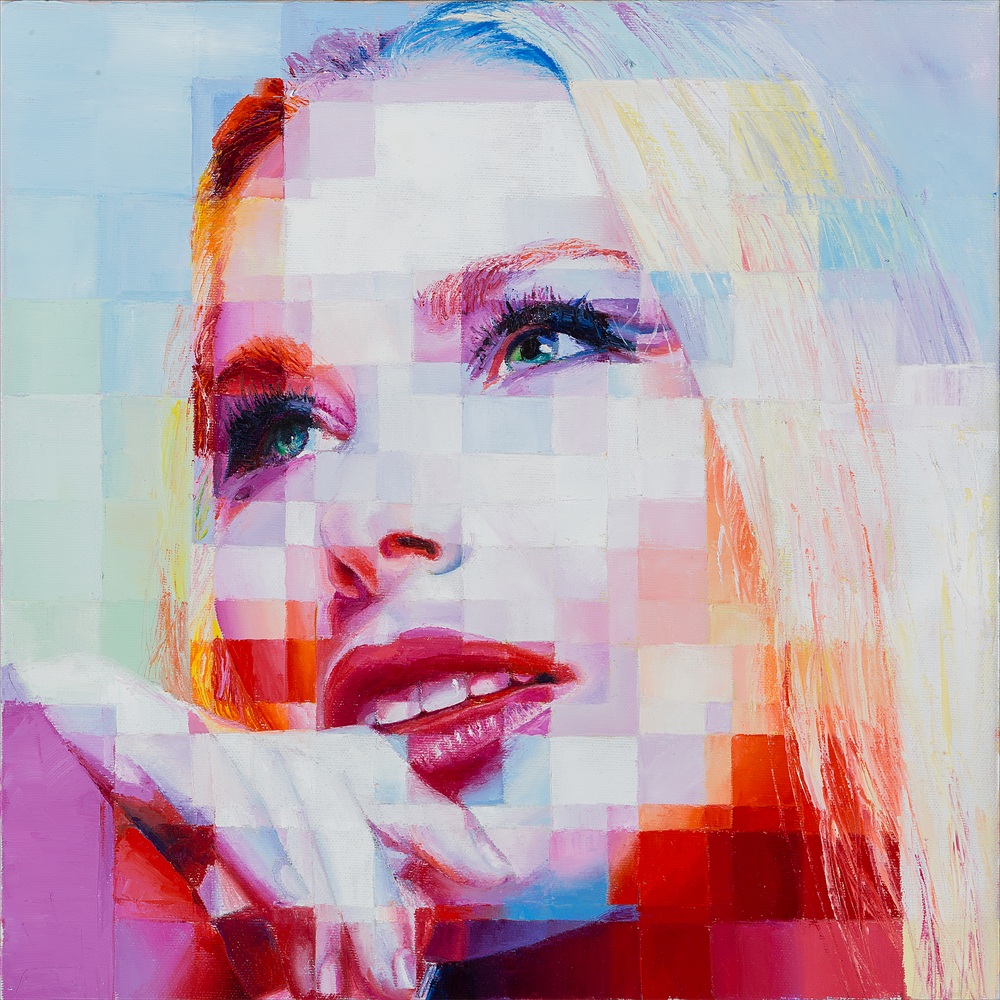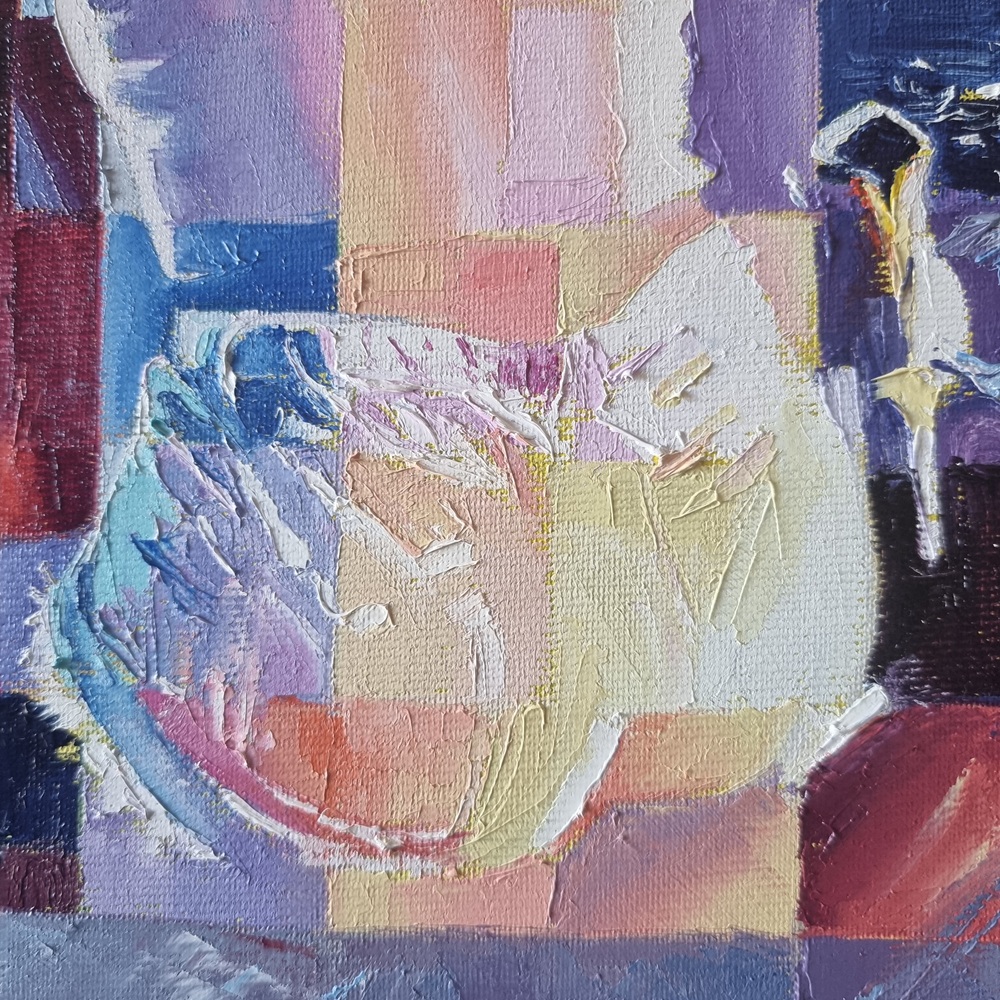In a world where words often fall short in expressing the full depth of our emotions, art emerges as a universal language—one that reaches into the hidden parts of ourselves. “Behind the Window”, created during a time of emotional turbulence, exemplifies this silent dialogue between artist and subconscious.
While working on the painting, my hands naturally reached for blues and purples—shades that often symbolize melancholy, contemplation, and emotional depth in art. Despite my initial plan to use vivid colors, my emotional state unconsciously led me toward a cooler, more introspective palette.
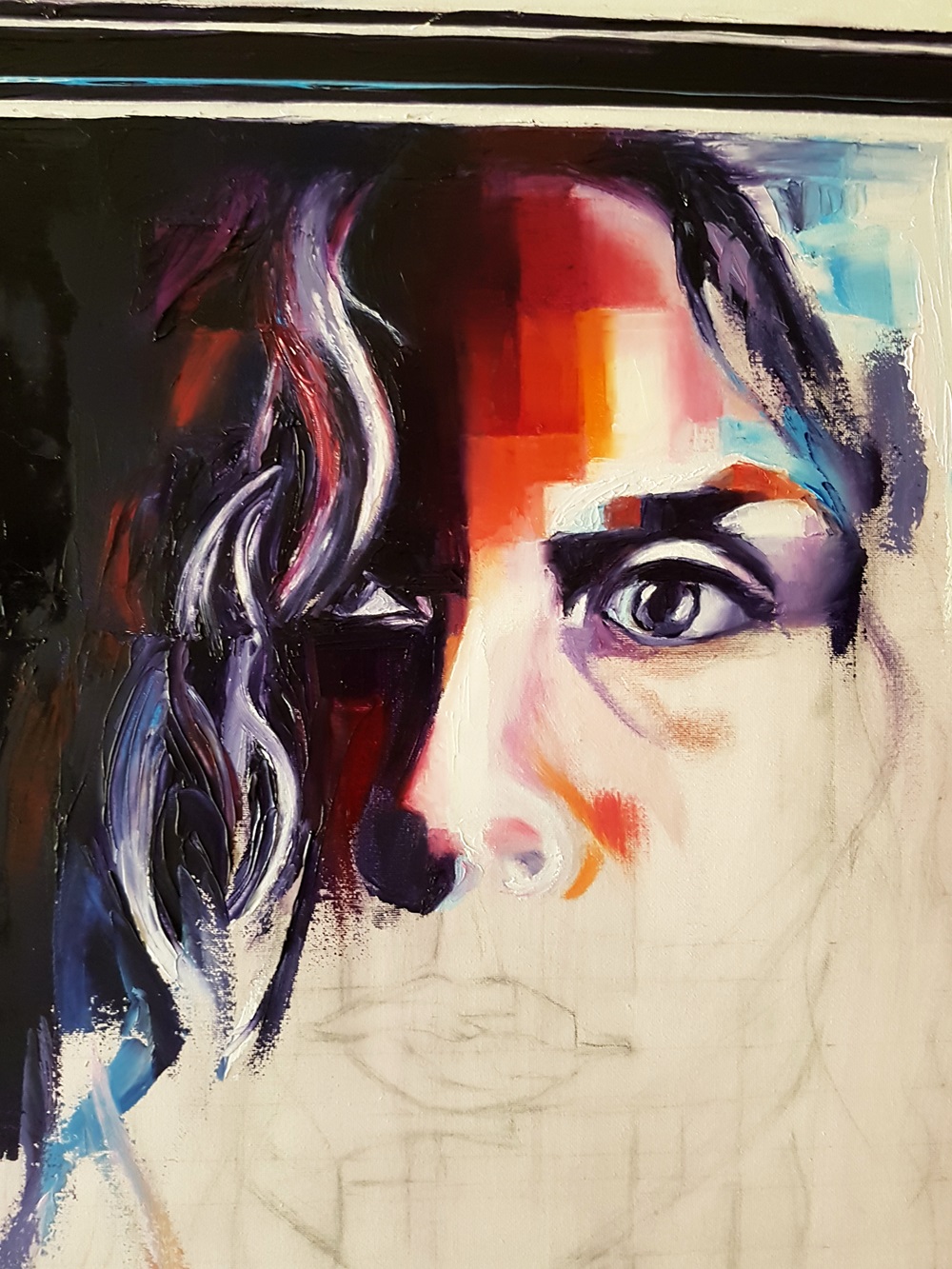
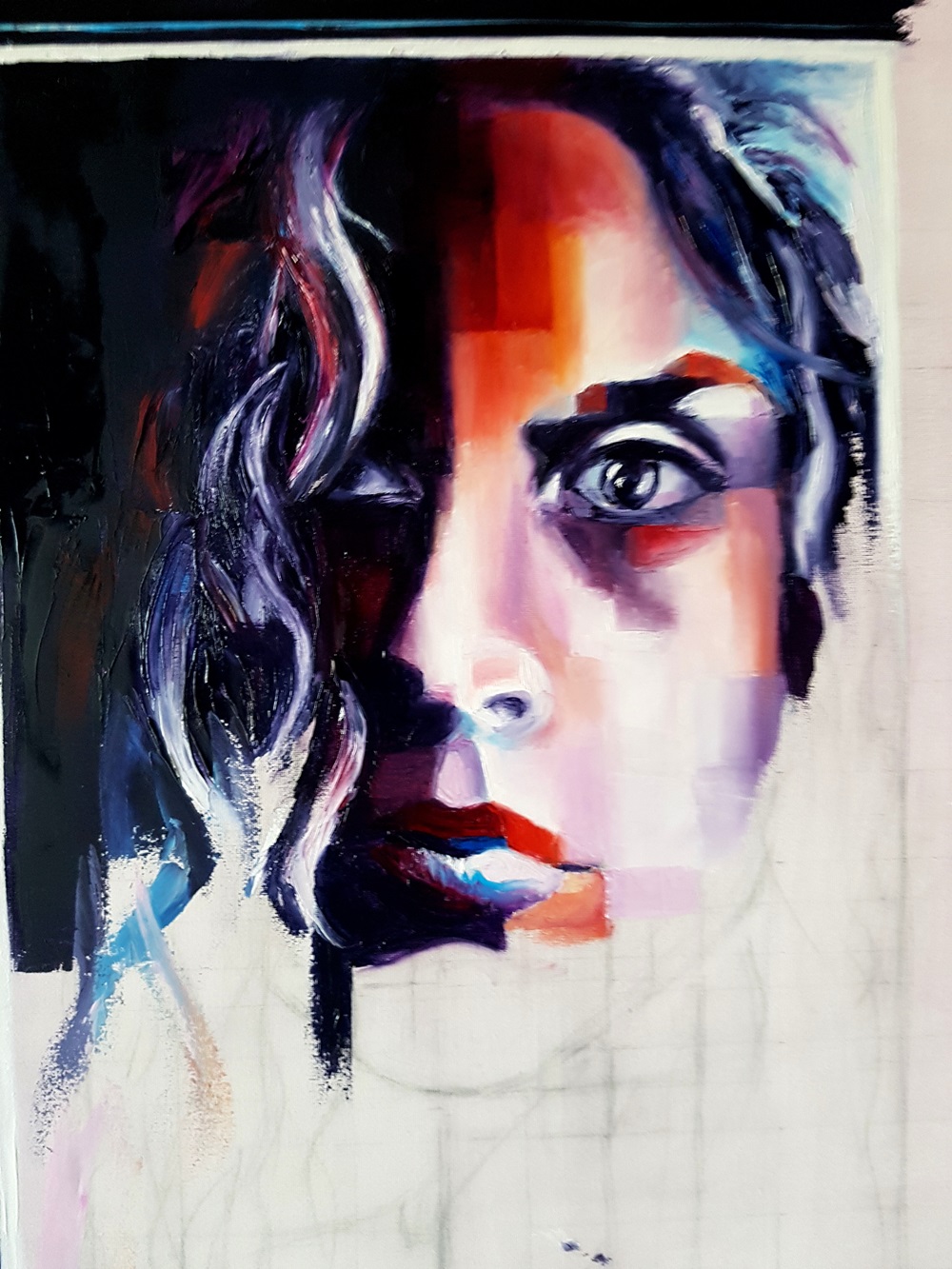
The woman behind the window, seemingly simple, becomes a symbol of our deep yearning for connection. Her hand on the glass speaks volumes—an unspoken attempt to cross the emotional barriers that keep us isolated.
“Behind the Window” is a clear example of how art can bridge the conscious and the unconscious. Artistic choices that seem purely aesthetic are often rooted in deep emotional truths. In this way, art becomes a mirror, a tool for self-discovery and healing.
Looking back, I realized that the painting had already begun to speak of something I wasn’t yet aware of: the cancer diagnosis I would receive shortly after. The work, in hindsight, became a kind of premonition—my subconscious speaking through color and form.

Art gives voice to the unspeakable. “Behind the Window” is a reminder that even in silence, we can find healing, connection, and understanding through the visual language of emotion.
